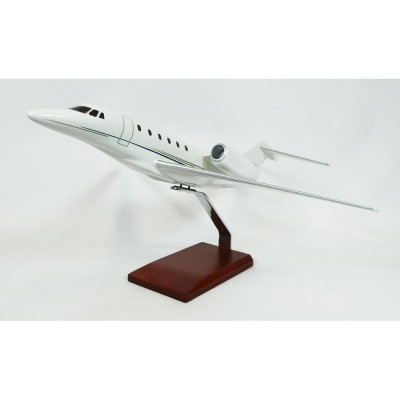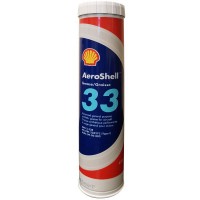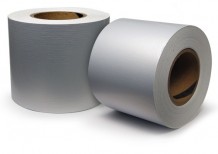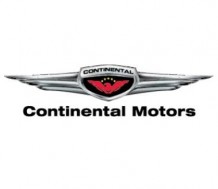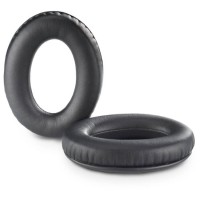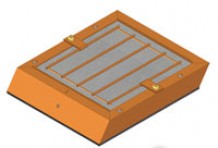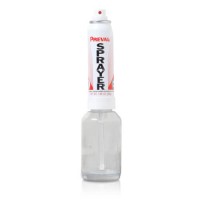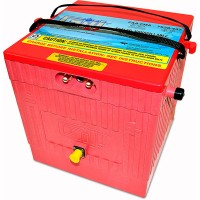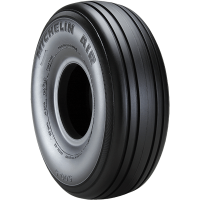1-877-795-2278 | info@aircraftspruce.ca
Aircraft Spruce Canada
Brantford, ON Canada
Corona, CA | Peachtree City, GA
Chicago, IL | Wasilla, AK
Aircraft Spruce Canada
Brantford, ON Canada
Corona, CA | Peachtree City, GA
Chicago, IL | Wasilla, AK
FREE SHIPPING ON ORDERS OVER $699 (SOME EXCLUSIONS APPLY) | 877-795-2278
Cessna Citation X Model
$358.00/Each
Part# 13-10956
MFR Model# KCCC10TR
MFR Model# KCCC10TR
Overview
|
The Cessna Citation X is a medium-sized business jet aircraft built by the Cessna Aircraft Company in Wichita, Kansas. The “X” stands for the Roman numeral for 10 and not the letter. Powered by two Rolls-Royce turbofan engines, it is the worlds fastest operating passenger jet. This seven-person private plane can climb to 43,000 feet in just 30 minutes. It is equipped with an entertainment center and a vanity area for passengers. Despite Cessnas long history of building business jets, the Citation X was a completely new aircraft in many ways. Its wing, tail, tail cone, gear and systems were designed from scratch, not based on pre-existing airplane. It was the first aircraft to use a Rolls-Royce engine and fully-integrated avionics. It also incorporates a number of innovative design features. The large diameter of the engine intakes reduces the noise from the engines and improves fuel efficiency. The highly swept wing with a supercritical airfoil increases the Mach number. The horizontal and vertical stabilizers are highly swept as well and are arranged in a T-tail configuration. The Citation X is equipped with controls that are powered by dual-hydraulic systems for redundancy. Cessna announced that it was developing the Citation X at the National Business Aviation Association Convention in New Orleans in October 1990. The prototype was publicly rolled out in September 1993 and flew for the first time on December 21 of the same year. The first customer delivery was in June 1996, to golfer and long-time Cessna customer Arnold Palmer. Once in use, the aircraft continued to set speed records. Arnold Palmer set one in September 1997, flying 473 knots on a 5,000 km closed course. In February 1997, the Citation X design team was awarded the National Aeronautic Associations prestigious Robert J. Collier Trophy. The 2,500th aircraft was delivered on September 10, 1997. |
Q&A
Please note, Aircraft Spruce Canada's personnel are not certified aircraft mechanics and can only provide general support and ideas, which should not be relied upon or implemented in lieu of consulting an A&P or other qualified technician. Aircraft Spruce Canada assumes no responsibility or liability for any issue or problem which may arise from any repair, modification or other work done from this knowledge base. Any product eligibility information provided here is based on general application guides and we recommend always referring to your specific aircraft parts manual, the parts manufacturer or consulting with a qualified mechanic.

 Aircraft Spruce Canada
Aircraft Spruce Canada
